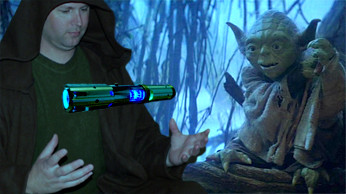Ok, found some 5v reed relays in the UK (for the board/LED - keeping it bright), now I have the option of "Reed Relay 5V SPST" or "Reed Relay 5V DPST"...
Which should i be buying, and if you can put it in layman's terms, whats the difference?
I know it's to do with the switching, one just "pings a signal" and the other stays on...maybe lol i'm not sure







 Reply With Quote
Reply With Quote












Bookmarks